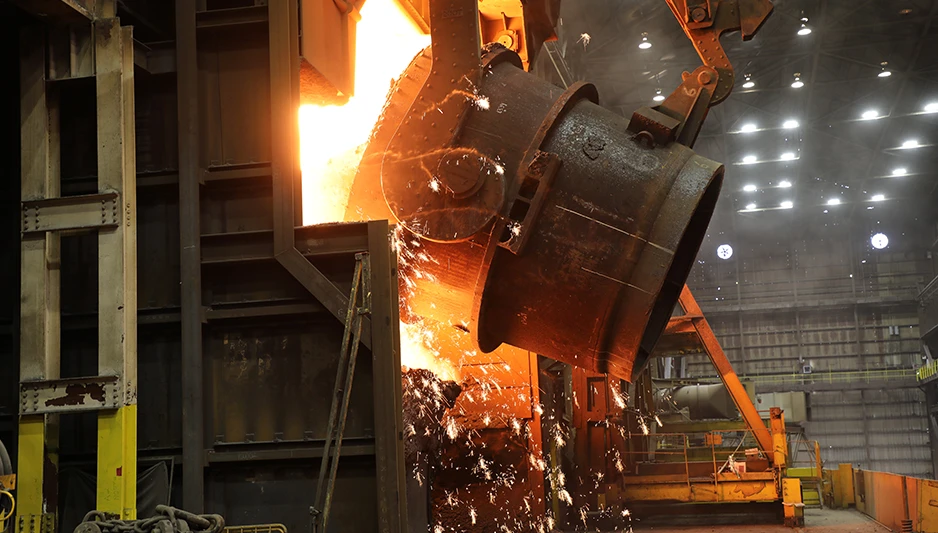
Image courtesy of the MIT researchers; Christine Daniloff, MIT ,
Cambridge, Massachusetts-based Massachusetts Institute of Technology (MIT) says researchers affiliated with its chemical engineering department have used “a novel polymerization process” to create a new material it describes as “stronger than steel and as light as plastic” and that can be “easily manufactured in large quantities.”
The new material is a two-dimensional polymer that self-assembles into sheets, MIT says, “unlike all other polymers, which form one-dimensional, spaghetti-like chains. Until now, scientists had believed it was impossible to induce polymers to form 2D sheets.”
The university envisions good prospects for the material for several reasons. “Such a material could be used as a lightweight, durable coating for car parts or cellphones or as a building material for bridges or other structures, according to Michael Strano, the Carbon P. Dubbs Professor of Chemical Engineering at MIT and the senior author of the new study on it.
“We don’t usually think of plastics as being something that you could use to support a building, but with this material, you can enable new things,” remarks Strano. “It has very unusual properties and we’re very excited about that.”
According to MIT, polymer scientists have long hypothesized that if polymers could be induced to grow into a two-dimensional sheet, they should form extremely strong, lightweight materials. However, decades of work in the field “led to the conclusion that it was impossible to create such sheets,” says the institute.
Strano and his colleagues, though, came up with a new polymerization process that allows them to generate a two-dimensional sheet called a polyaramide. “Instead of making a spaghetti-like molecule, we can make a sheet-like molecular plane, where we get molecules to hook themselves together in two dimensions,” Strano says. “This mechanism happens spontaneously in solution and, after we synthesize the material, we can easily spin-coat thin films that are extraordinarily strong.”
Because the material self-assembles in solution, it can be made in large quantities by increasing the quantity of the starting materials. The researchers showed that they could coat surfaces with films of the material, which they call 2DPA-1.
The researchers say the new material’s elastic modulus — a measure of how much force it takes to deform a material — is between four and six times greater than that of bulletproof glass. They also found that its yield strength, or how much force it takes to break the material, is twice that of steel, even though the material has only about one-sixth the density of steel.
Matthew Tirrell, dean of the Pritzker School of Molecular Engineering at the University of Chicago, says that the new technique “embodies some very creative chemistry to make these bonded 2D polymers.” He continues, “An important aspect of these new polymers is that they are readily processable in solution, which will facilitate numerous new applications where high strength-to-weight ratio is important, such as new composite or diffusion barrier materials.”
The research was funded by the Center for Enhanced Nanofluidic Transport (CENT) an Energy Frontier Research Center sponsored by the U.S. Department of Energy Office of Science and the Army Research Laboratory.
Recycling Today has reached out to MIT to ask whether the research team has any information on the potential ease of recyclability of the new material.
Latest from Recycling Today
- In memoriam: Benny McGill
- Autocar releases Smart Battery Cable to advance refuse truck fire safety
- PLASTICS launches Positives of Plastics website
- Impact Air Systems launches compact ZAC400
- PCA to shut down paper machines at Washington containerboard mill
- BMRA provides landfill guidance for UK shredder operators
- Fornnax high-capacity tire recycling plant
- EU introduces measures to secure raw materials, strengthen economic security





